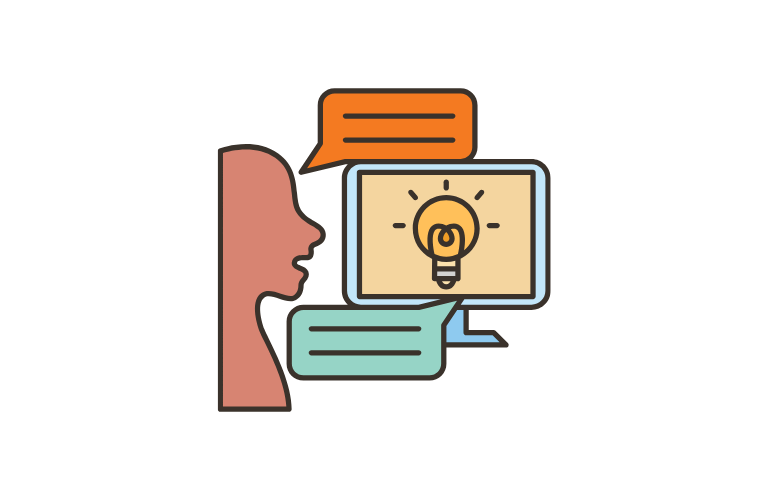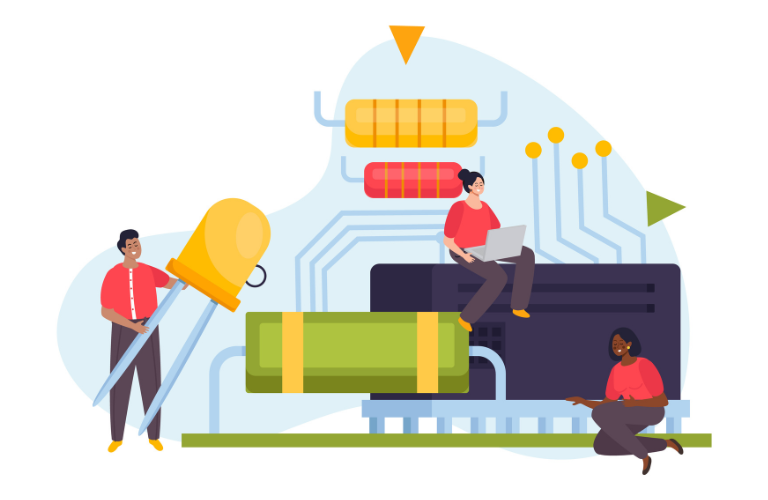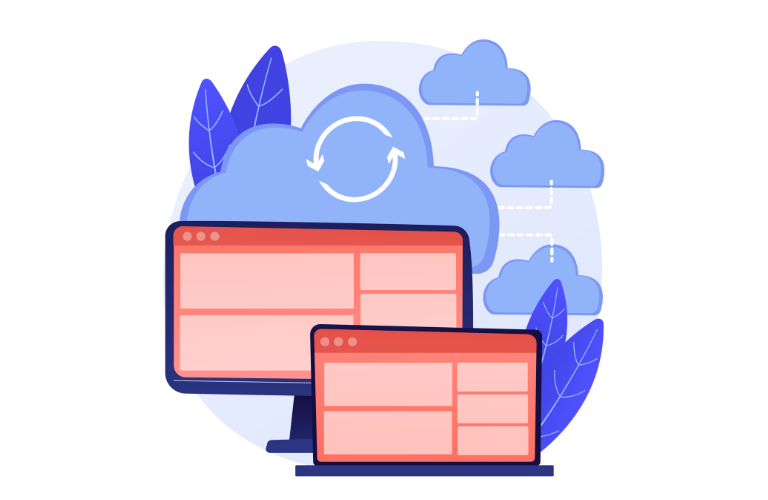Software Debugging is one of the most important but time-consuming parts of the software lifecycle in the constantly evolving field of software development. With the introduction of artificial intelligence (AI), debugging—which has historically required careful attention to detail and a substantial time investment—has undergone an important change.
By automating repetitive processes, increasing accuracy, and optimizing resource usage, AI-powered solutions are transforming the debugging process. This article explores the advantages of AI, how it is changing software debugging, and what lies next.
Table of Contents
The Role of AI in Software Debugging
By using advanced algorithms and machine learning approaches, artificial intelligence has raised the bar for debugging efficiency. Error detection and correction are no longer laborious manual processes. AI tools, on the other hand, examine huge codebases, identify weaknesses, and even recommend solutions.
Key contributions of AI in debugging include:
1. Automation of Repetitive Tasks
AI reduces manual intervention by automating log analysis, error detection, and debugging workflows, allowing developers to focus on more complex issues.
2. Predictive Bug Detection
Through machine learning, AI can analyze historical data to identify code patterns that are prone to bugs, offering proactive solutions to prevent potential issues.
3. Adaptive Learning
AI-powered tools adapt to project-specific needs by learning from codebases and user feedback, ensuring continuous improvement in debugging processes.
Benefits of AI in Debugging
AI has fundamentally reshaped how developers approach debugging, offering significant advantages:
1. Faster Bug Detection
Depending on how complicated the code is, traditional debugging could take hours or days. Codebases are analysed in a matter of seconds by AI technologies such as DeepCode and Snyk Code, which pinpoint vulnerabilities with extreme precision.
2. Improved Accuracy
By eliminating human error, AI ensures a higher degree of precision in identifying and addressing bugs. For example, tools like BugSnag provide actionable insights into error-prone areas of the code.
3. Scalability
AI is designed to handle extensive datasets and complex codebases, making it an ideal solution for large-scale software projects.
4. Resource Optimization
Automated debugging frees up valuable developer time and reduces costs associated with lengthy testing cycles.
5. Anomaly Detection
AI can monitor real-time application behavior, identifying unusual patterns that might indicate deeper issues in the code.
Watch the video to learn how to use AI in your Debugging process.
AI-Powered Tools Transforming Debugging
Several cutting-edge AI tools are redefining the debugging landscape:
- Snyk Code: Integrates seamlessly into CI/CD pipelines to identify and remediate security issues in real time.
- BugSnag: Tracks errors across platforms, delivering actionable insights to developers.
- Microsoft IntelliCode: Offers intelligent suggestions by learning from code patterns in a project.
These tools demonstrate AI’s ability to enhance debugging efficiency and effectiveness, making them indispensable for modern developers.
How AI Enhances Debugging Processes
AI-driven debugging doesn’t stop at detection—it also improves the overall debugging workflow. Here’s how:
1. Automated Log Analysis
AI tools quickly analyze application logs to identify recurring issues, reducing the need for manual log inspections.
2. Refactoring Suggestions
AI can recommend strategies for code refactoring, ensuring better maintainability and improved code quality.
3. Test Case Generation
Tools like Testim create intelligent test cases based on application flows, ensuring comprehensive coverage during debugging.
4. Anomaly-Based Proactive Debugging
By continuously monitoring system performance, AI detects and flags anomalies, enabling developers to resolve potential issues before they escalate.
Challenges in Implementing AI for Debugging
While the benefits are immense, AI-driven debugging isn’t without challenges:
- Learning Curve: Developers and QA teams may require training to use AI tools effectively.
- Integration Complexity: Adding AI tools into existing workflows can be technically challenging.
- Dependence on Data Quality: AI models rely heavily on high-quality, representative datasets.
- Over-reliance on AI: Excessive dependency on AI tools might lead to neglecting critical manual checks.
To address these challenges, organizations need to adopt best practices like starting with small implementations, continuously monitoring AI tool performance, and combining AI with manual debugging efforts.
Real-World Use Cases of AI in Debugging
1. Low-Code Debugging Solutions
AI-powered low-code tools allow non-technical users to identify and fix bugs effortlessly. For instance, Sauce Labs’ low-code testing product enables users to generate test scripts with minimal manual input.
2. Predictive Maintenance
AI analyzes code changes to predict areas prone to bugs, recommending proactive fixes and enhancing application reliability.
3. Automatic Error Reporting
Tools like BugSnag and Sentry use AI to automatically report and prioritize errors, ensuring that critical issues are addressed promptly.
The Future of AI in Debugging
The future of debugging lies in further integration of AI technologies. Here’s what we can expect:
1. Self-Healing Code
AI tools may evolve to automatically fix bugs without human intervention, drastically reducing debugging time.
2. Advanced Predictive Capabilities
AI’s ability to predict system failures will continue to improve, providing early warnings for potential issues.
3. Greater Collaboration
AI-driven insights can be seamlessly shared across teams, fostering better collaboration between developers, testers, and stakeholders.
4. Ethical Debugging
As AI becomes more prevalent, ethical considerations—such as transparency and bias prevention—will play a critical role in tool development.
Conclusion
Without a question, artificial intelligence is transforming software debugging, transforming a labour intensive procedure into a productive, automated workflow. Developers can increase accuracy, save time, and concentrate on more complex problem-solving by using AI tools. Even though there are still challenges to overcome, the combination of human knowledge and artificial intelligence has enormous future promise.
Software teams will find AI to be an invaluable ally as it develops further, allowing them to produce high-caliber apps more quickly and effectively. Debugging’s next wave of innovation is here; accept it to open up possibilities that were never before possible.




